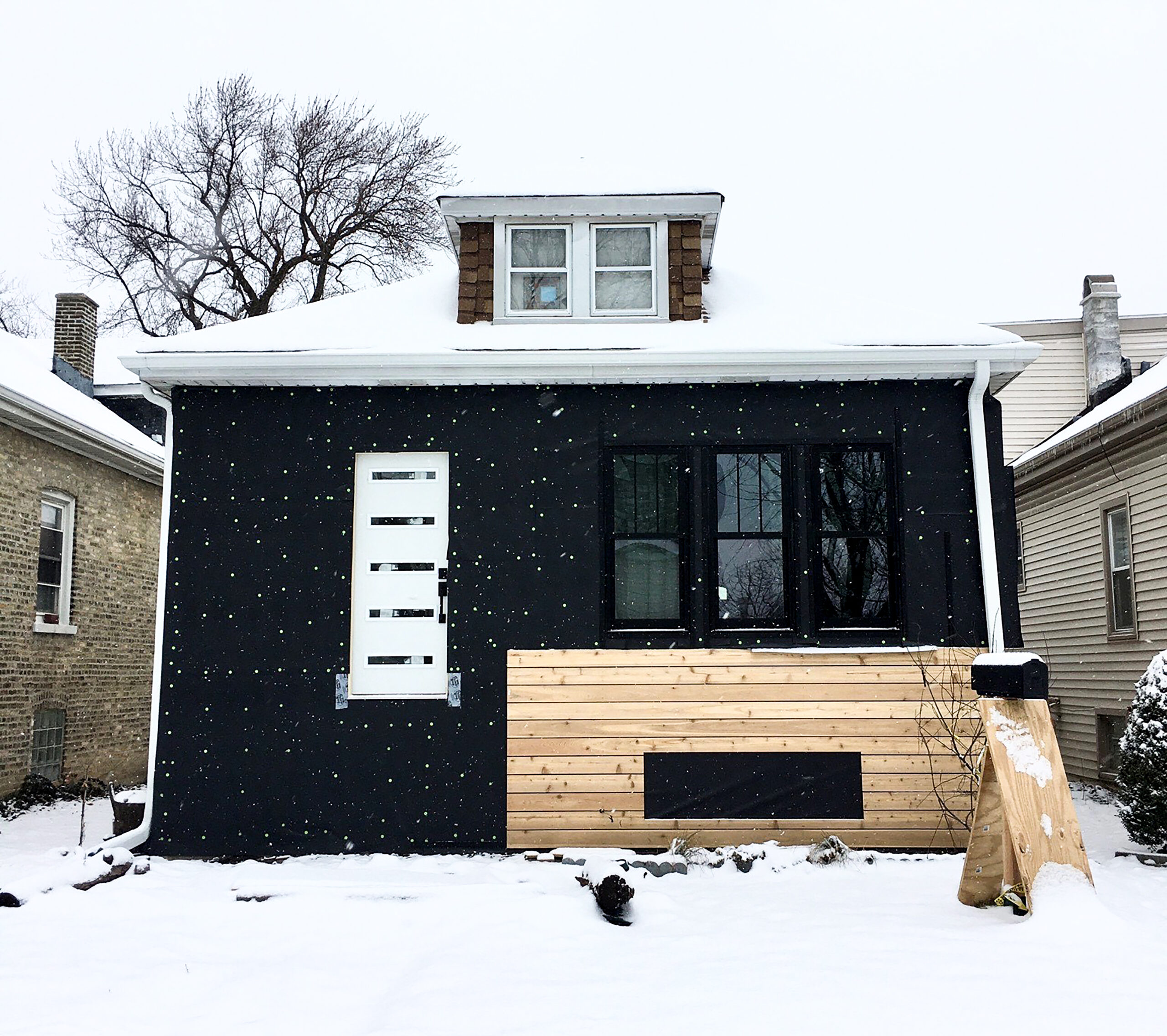Housewrap adds cost and time to building a home, so it may be tempting to consider pre-weatherized sheathing solutions instead. But designing the wall envelope with a systems approach that includes housewrap, flashing, proper drainage, and other details remains one of the most important steps for ensuring the long-term protection, durability, and performance of the home.
Why is Housewrap Important for New Homes?
No matter how tightly a building is constructed, no matter how well it’s insulated, no matter what type of exterior cladding is chosen and how expertly it’s installed, moisture will always find a way into the building enclosure. Moisture infiltration can undermine structural integrity, cause exterior surfaces to deteriorate, and shorten the life of paints and stains. It can also foster mold and rot that not only cause structural damage but also pose serious health hazards.
There are many moisture management products currently on the market, including traditional felt paper, rainscreen systems, caulks, sealants, and self-adhered flashing membranes. Choices are expanding, driven by advances in technology, evolving building codes, growing customer concern with mold prevention, and many other factors.
While each of the aforementioned moisture management products has its place, depending upon local environmental conditions and project details, synthetic housewraps are increasingly being viewed as an essential component of a well-designed, well-constructed low-rise building in virtually any environment.
Properly installed behind siding, housewrap prevents wind-driven rain and water from reaching the sheathing and framing, and prevents air infiltration, helping to reduce heating and cooling costs. In addition to resisting initial moisture infiltration, housewraps go a step further by helping to remove trapped moisture from the building enclosure. Housewraps provide a vapor-permeable layer that resists liquid water from the outside, while also allowing water vapor to escape the assembly, enabling the wall to “breathe” (for example, if water vapor is driven from the interior to the exterior during a heating season, the housewrap will allow the vapor to escape).
There is growing recognition among building scientists and building codes that walls also need to drain, and, going forward, housewraps will increasingly be judged by how effectively they provide positive water drainage from the wall. Drainable housewraps, the market’s fastest-growing segment, address this need by incorporating both a water-resistive layer and a drainage gap, greatly facilitating water drainage from behind the exterior cladding system. Compared to standard housewraps, the newest drainable housewraps – especially those that provide a minimum of a one (1mm) millimeter gap – can be as much as 100 times more effective at removing bulk water from the wall.
Can Sheathing Products Replace Housewrap?
Pre-weatherized sheathing products that combine sheathing and a weather-resistant barrier take fewer steps to install, so they may feel more convenient. But the building science of a housewrap-based wall system is the go-to system for building performance experts and has proven itself over decades. The more robust protection provided by properly installed housewrap, flashing, tape, and, optionally, a rainscreen, is the best way to prevent long-term complications from air and moisture leakage and the callbacks those challenges bring. In fact, one major manufacturer of pre-weatherized sheathing recommends adding a layer of housewrap over their system for remodeling projects.
What’s more, pre-weatherized sheathing doesn’t offer the capability to remove bulk water that can be found in drainable housewraps such as HydroGap and HydroGap SA. Drainage is widely accepted as one of the most effective measures for reducing moisture damage due to rain penetration, and it also is required for some premium siding materials such as fiber cement and poly-ash.
In addition, the acrylic adhesive backing on HydroGap SA seals around nails and fasteners from cladding and other penetrations, a feature that pre-weatherized sheathing lacks. Pre-weatherized sheathing normally requires taping where the panels come together, creating reverse flashing scenarios that could possibly trap bulk water.
Similar concerns can be seen with insulated pre-weatherized sheathing, which use a tape that is non-permeable, so it can trap condensation. A gap is required between the insulated sheathing layers, so the insulation is not continuous, leading to cold spots; all joints must be sealed from the inside, otherwise there is a risk of condensation.
In many aspects of home construction, saving a step or two doesn’t always equate to a better-built house, and that is certainly the case when it comes to the wall system. A systems approach using housewrap provides architects, builders, and remodelers with peace of mind that their homes will be durable, long-lasting, and well-protected.
Want to learn more about choosing the right housewrap for your project? Download our white paper, “Understanding Housewraps: A Decision Guide for Selecting the Right Housewrap” here.




